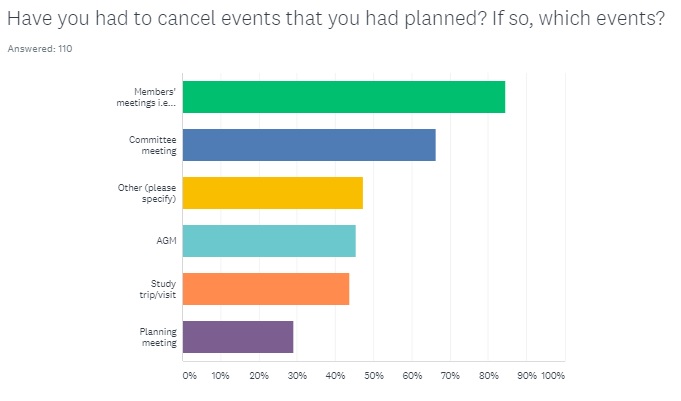At a time when the world is needing to come together, we are bringing two leading American thinkers to the Civic Voice #inconversation series.
We will be considering whether we can embrace US models in the UK.
Across the world, we are seeing a growing public yearning for meaningful involvement in the important public discussions about the future of our communities. From the favelas of Rio de Janeiro and Nairobi to the streets of New York City or London, citizens are increasingly demanding a greater role in public decision-making. Poor public processes that lead to conflict and distrust are undermining the future health of our democracies. Therefore, organizations like Civic Voice, Main Street America and AIA’s Centre for Communities are all fulfilling a vital role in renewing identifying processes and platforms for civic action in improving our towns, cities, and village.
But, can we learn from each other? Yes.
- Joel Mills, Director, Center for Communities by Design (part of the American Institute of Architects) will share his thoughts as to why our future success hinges on the ability to re-build trust in institutions by involving citizens more directly in public life so that we might facilitate a successful transition to a healthy urban society. Joel will also discuss the role that communities can play through the R/UDAT programme. Created in 1967, the R/UDAT program pioneered the modern charrette process by combining interdisciplinary teams in dynamic, multi-day grassroots processes to produce community visions, action plans, and recommendations. Can Civic Voice become the home of R/UDAT in the UK and create a resource to support communities to shape new developments and high streets? Join #inconversation via: https://www.eventbrite.co.uk/e/in-conversation-with-joel-mills-tickets-104947783646
- How to do high streets differently? Join Patrice Frey, CEO of US Main Street as she shares perspectives from the Main Street America approach to revitalising town centres and high streets. For over 30 years, Main Street have worked in 2000 communities across the US, but would this approach work in the UK? The Main Street approach is focused around Transformation Strategies, which articulate a focused, deliberate path to revitalizing or strengthening a downtown or commercial district’s economy. A program’s work on Transformation Strategies should be organized around the Four Points: Economic Vitality, Design, Promotion, and Organization. At the heart of the approach is for the work to be sustained, inclusive and community driven.
- With questions about our own high streets, and the future legacy of Heritage Action Zones, can the Civic Movement take forward Main Street in the UK? Register: https://www.eventbrite.co.uk/e/in-conversation-could-the-main-street-us-approach-work-in-england-tickets-105974436392
The work of Civic Voice is part of a much bigger ecosystem helping to reinforce similar initiatives in countries around the world today. Organisations such as US Main Street and Center for Communities by Design provide an important contribution to the international conversation about public trust and the future of public participation far beyond the UK. Together we are part of a growing global movement for active communities as the bedrock for shaping the places where we live.
We are all global citizens. We must all work together.
We look forward to both Patrice and Joel going’ #inconversation and look forward to Civic Societies working with us to mainstream these ideas in the UK.
And who knows, we might even have a conversation about community involvement in Riyadh soon…
If you want to part of a growing movement wanting to shape our towns and cities, we suggest that you sign up for Civic Voice’s #inconversation events:
- June 15th: In Conversation with Laura Alvarez – “Putting design quality at the heart of placemaking”
- June 18th: In Conversation with Joel Mills – The perspective from the United States!
- June 25th: Patrice Frey – Main Street US will be talking to us about US Main Street as we consider whether the approach will work in the UK
- July 8th: In Conversation with Sarah Richards – CEO of The Planning Inspectorate – How the Planning Inspectorate is responding to Covid-19
__________________________________________________

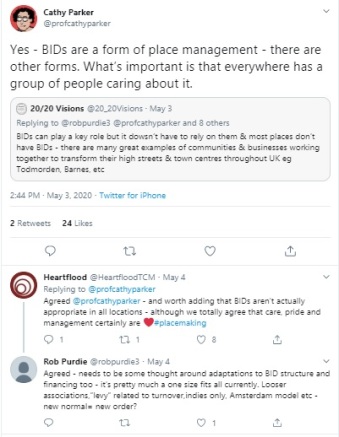

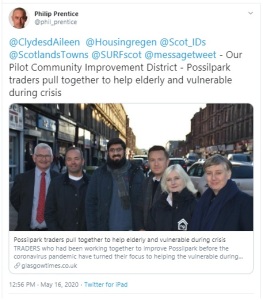

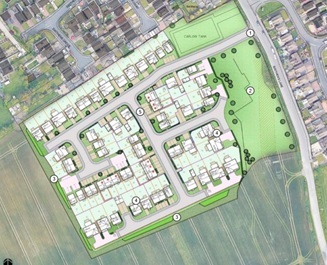
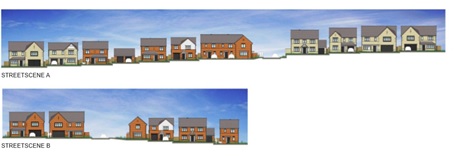

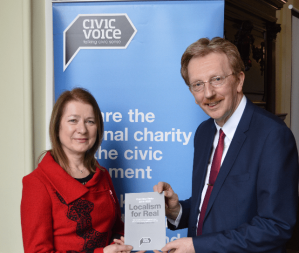
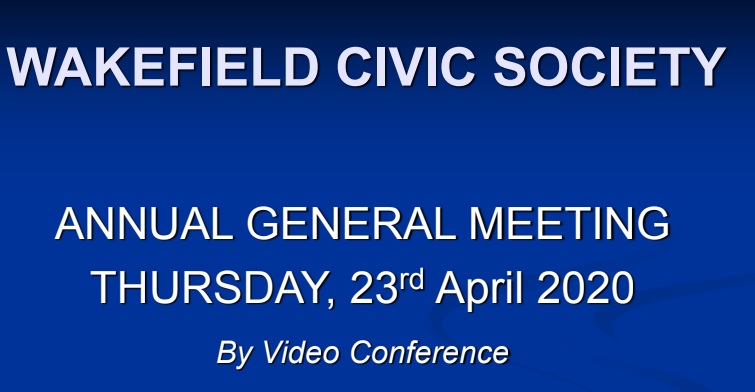 Annual General Meeting using Zoom. It was a much-slimmed down version of our usual AGM and we asked for volunteers from the membership to take part. The important thing is that we did it and that enabled us to do the legal stuff we have to do to comply
Annual General Meeting using Zoom. It was a much-slimmed down version of our usual AGM and we asked for volunteers from the membership to take part. The important thing is that we did it and that enabled us to do the legal stuff we have to do to comply